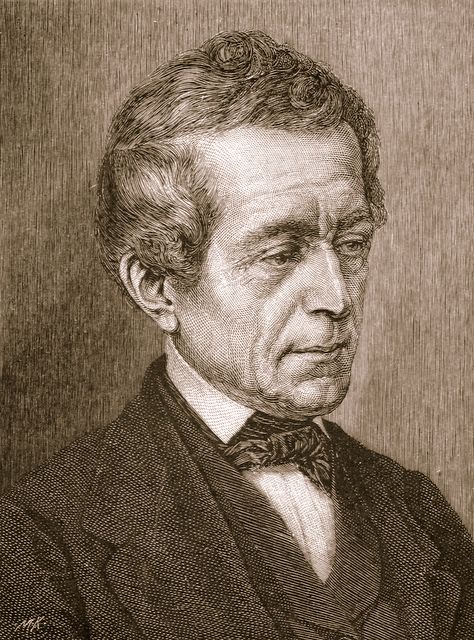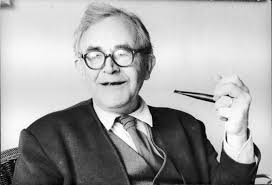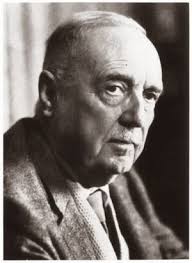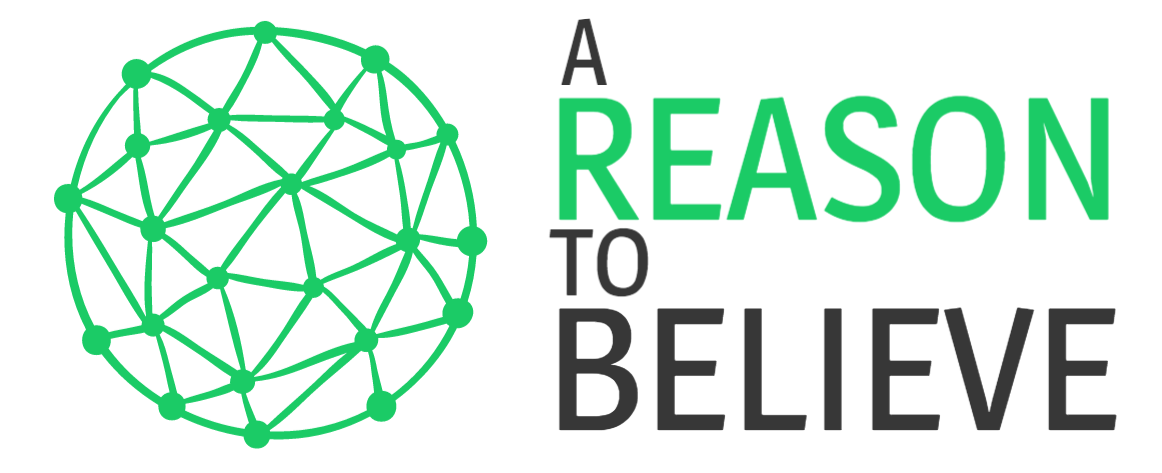THE AFTERMATH OF SPINOZA AND HUME
In our last two blogs on miracles, we said that Jewish pantheist philosopher Benedict Spinoza of Amsterdam and the Scottish atheist philosopher David Hume each had a profound influence in the fields of philosophy and theology, and especially Hume whose views are echoed in major universities all over the world today.
Spinoza attempted to make a case that the laws of nature are immutable. In the short term, this idea did a lot of damage, but in the long term it was gradually abandoned for reasons that we described a couple of blogs ago.
Hume claimed that the uniform experience of humanity supported the laws of nature rather than miracles. However, in our last blog we demonstrated the logical weakness in Hume’s argument: that this is question-begging. Hume simply assumed that all reports of miracles were false.
Most philosophers have abandoned Hume’s view on miracles because of this logical fallacy, but some theologians still cling to Hume’s argument against miracles despite its logical weaknesses. They continue to invoke methodological naturalism in any historical investigation.
This withering criticism by a pantheist and an atheist resulted in at least two things:
1. It provided a way for theologians to promote a “myth theory” about miracles in the Bible, dismiss opposing views out of hand, and characterize orthodoxy as “unenlightened.” Men like Strauss and Bultmann never really had to engage orthodox views because outsiders like Spinoza and Hume had fired enough salvos to beat orthodoxy into submission, at least in the university setting.
2. Religious liberals within Christianity attempted to appease outside critics like Spinoza and Hume. Liberal theology became an avenue for a minority of Christians to successively abandon one central tenet after another. Liberal denominations of Christianity continue to diminish in size even today, while orthodox Christianity is growing at a fairly rapid rate. Despite this, Christianity continues to be the largest major religion in the world.

APPEASEMENT BY SOME TOWARD CHRISTIANITY’S CULTURED DESPISERS
In the 1830s, German theologian Friederich Schleiermacher, called the father of modern theology, attempted to address Christianity’s cultured despisers such as Spinoza and Hume. He wanted to overcome their contempt and make intellectuals take religion seriously.
Unfortunately, Schleiermacher’s approach was flawed as described here by historian James Hitchcock:
“It approached the skeptic, as it were, hat in hand, placing Christianity in a deferential and self-deprecating posture. It also took prevailing ideas in the secular intellectual world as normative, to which Christianity was expected to conform. In effect Schleiermacher and his numerous religious descendants said, ‘We will save as much of our faith as can be reconciled with secular thought. Having thus purified it, we hope that you secularists will agree to respect us.’”
James Hitchcock, What Is Secular Humanism? (Ann Arbor, MI: Servant Books, 1982), 116.

DAVID F. STRAUSS’ “MYTH THEORY”
In 1835, German theologian David F. Strauss published his book The Life of Jesus Critically Examined. Crediting atheist philosopher David Hume as his primary influence Strauss stated Hume’s principle that “we should never posit miraculous explanations of historical events when other explanations will always be much more probable.”
Regarding Jesus, Strauss provided an interpretation that was actually just pantheism:
“The incarnation and resurrection of Christ is really just a pictorial or metaphorical expression of Hegel’s view that the infinite and finite are one, that the infinite (god) unfolds in the material universe. The finite is an expression of the infinite.”
Strauss developed a “theory of myths,” attributing everything that appeared to be a miraculous or supernatural act to either:
1. mythology or legendary embellishment that occurred in the gospels (this means that he had to push the writing of the gospels all the way back to the second century, which most scholars don’t agree with, and at the same time accelerate the normal rate of legendary development), or
2. hallucinations, sometimes group hallucinations of twelve and 500 men simultaneously! (Strauss had to do this because the resurrection appearances were too close to the time of Jesus to be legendary development or mythological accretions).
Because Deists, Spinoza and Hume had fired the initial salvos, Strauss’ myth theory would continue to have a pervasive influence on the field of theology for a very long time, especially in major universities.
“MYTH THEORY” DOMINATED THEOLOGY FOR 100 YEARS
This entire issue about miracles started as a debate between Deists and Christians in the 1600s. Deism, Spinoza and Hume laid the intellectual groundwork. By the time D.F. Strauss arrived on the scene in the 1850s, he could:
• make an a priori assumption that miracles are impossible;
• place the entire burden of proof on Christian theologians to establish such miracles, and
• claim that the idea of God’s intervening in nature is “irreconcilable with enlightened ideas of the relation of God to the world.”
Because Deism, Spinoza and Hume paved the way, theologian D.F. Strauss enjoyed the luxury of simply dismissing any notion of miracles as ludicrous, and he entirely avoided the nasty problem of having to argue about miracle claims at all. For the rest of the 1800s, miracles lost any importance and were simply irrelevant to most theologians.
In academic circles, miracles were relegated to the status of mere myth, and most prominent theologians simply ignored claims about miracles as unenlightened and not worthy of discussion. It was thought that the Enlightenment had cast a bright light on the ignorance of people of faith.
This is very much like a fishing story. One day a man observed a fisherman catching fish, throwing the largest ones back in the lake and keeping the smaller fish. He asked the fisherman, “Why are you keeping the smaller fish and throwing the larger fish back in the water?” The fisherman replied, “I only have an eight-inch frying pan, and the larger fish won’t fit in my pan.” Rather than cutting the larger fish into eight-inch segments, the fisherman had created an arbitrary boundary beyond which he would not go. This same principle applies to academics who simply ignore inconvenient miracle narratives they do not want to hear.
The responses of Christian theologians were largely ignored even though, for example, a man like theologian William Paley was every bit the intellectual equal of Hume or Spinoza or Strauss. Paley’s arguments were simply ignored or characterized as inferior. This was the view in major universities. Theologians who dared to take issue with Hume, Spinoza, Strauss or Bultmann would not be hired to work at a university. Students who argued against myth theory would be part of an isolated minority.
Strauss’ “myth” idea and its accompanying censorship were dominant among theologians through the last half of the 1800s and through most of the 1900s.


BARTH AND BULTMANN’S EFFORTS TO DEMYTHOLOGIZE SCRIPTURE
Karl Barth and Rudolph Bultmann became the dominant theologians of the 1900s as the primary proponents of Strauss’ “myth theory.”
It was Bultmann’s contention that every story in the Bible needed to be “demythologized,” meaning that miracles and the supernatural needed to be removed. He wanted to strip away all those aspects that he thought were no longer relevant to the modern age.
Even though Bultmann believed in God and in the continued relevance of the biblical message, in actual practice he tended to make Christian belief captive to more modern cultural prejudices. Throughout western culture, Bultmann was the unquestioned leader in theological thought at major universities.
METHODOLOGICAL NATURALISM: PRESUPPOSE THAT MIRACLES DO NOT EXIST
Myth theory was founded on a presupposition. Instead of letting the evidence guide them to a conclusion, Strauss, Barth and Bultmann used an approach that today is called “methodological naturalism.” This is an approach in historical inquiry that says, before we begin to study the evidence, we will arbitrarily presuppose that miracles and the supernatural are impossible.
So for 100 years, it was presupposed that such things were impossible. During this time period, if you wanted to succeed as a theology student or serve on the faculty of a major university, you had to genuflect before myth theory and swear your allegiance to the presupposition of methodological naturalism. So by use of this presupposition and by keeping “miscreants” out of the field of theology who would not swear fealty to myth theory, theologians managed to simply ignore the possibility of miracles for 100 years.
THEOLOGY BEGINS TO CRITICALLY EXAMINE MIRACLE CLAIMS
By 1968, the blinders came off. Strauss, Barth and Bultmann’s arbitrary refusal to even consider the idea of Jesus’ resurrection or the miracles he might have performed gradually began to give way to objective historical inquiry and examining miracle claims with an open mind rather than presupposing anything. Instead of being ignored, miracle claims would now be critically evaluated as one possible explanation and weighed against other existing theories, a much more reasonable approach.
During the 1970s, “god-is-dead” theology also fell into disfavor. At this same time, there was a large influx of orthodox Christians who entered the ranks of philosophy and theology students at major universities. These philosophers and theologians have been having a significant impact until this day.
CONCLUSION
Men like Friederich Schleiermacher attempted to appease the Christian Church’s cultured despisers by getting the Church to gradually concede intellectual territory to those external critics. Much of Christianity lost its moorings.
All of this established fertile ground for people like David Strauss, Karl Barth and Rudolph Bultmann who proposed a theory of myths and suggested that the Bible needed to be “demythologized.”
Deism, Spinoza and Hume provided the intellectual framework to reject the idea of miracles and the supernatural. Today, much of what is taught about miracles in divinity schools and major universities is the reasoning of David Hume, this despite the fact that his reasoning on the subject of miracles is logically flawed as we explained in our last blog.
Because philosophers Spinoza and Hume had prepared the way, theologians like Strauss and Bultmann had the luxury of being able to simply ignore any arguments for orthodoxy as being simply “unenlightened.” Strauss and Bultmann could proceed to deconstruct the Bible with their process of “demythologizing.” They could simply ignore or demean the more orthodox arguments of geniuses such as William Paley.
Simultaneously, internal critics kept liberal Christianity constantly aware of its shortcomings, apologizing to the outside world and promising to do better in the future.
However, starting in the 1970s, there was a gradual turning of the ship of theology. Instead of ignoring the Bible’s claims about miracles as Strauss and Bultmann had done, theologians and New Testament scholars would be allowed to critically examine miracles and weigh them against other competing explanations.
Miracle claims in the Bible would no longer simply be ignored by presupposing them to be myths.
With the material that we’ve shown you in these last three blogs, you should now be able to discern that, as one philosopher stated, “The presupposition against miracles survives in theology only as a hangover from an earlier Deistic age and ought now to be once and for all abandoned.”
Hopefully, this blog has given you a brief idea of arguments from each side regarding the subject of miracles. So if miracles really are possible, does the narrative that Jesus was raised from the dead by a supernatural act offer any hope for you and me? We will read more about this in future blogs about Jesus’ Resurrection.


One Comment on “Miracles (Part 3): Were Strauss, Barth And Bultmann Correct In Presupposing That Miracles Were Impossible And That the Bible Needed To Be “Demythologized”?”
Do you mind if I quote a few of your posts as long as I provide credit and sources back to your webpage? My blog is in the very same niche as yours and my visitors would genuinely benefit from a lot of the information you present here. Please let me know if this ok with you. Regards!